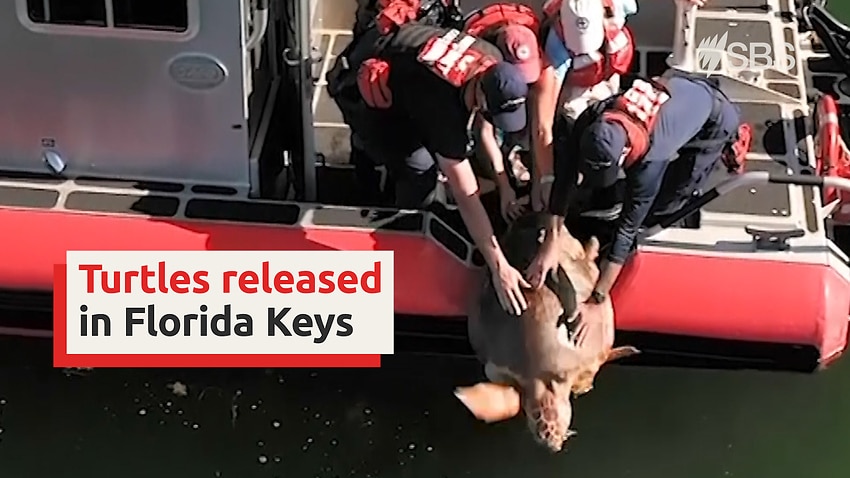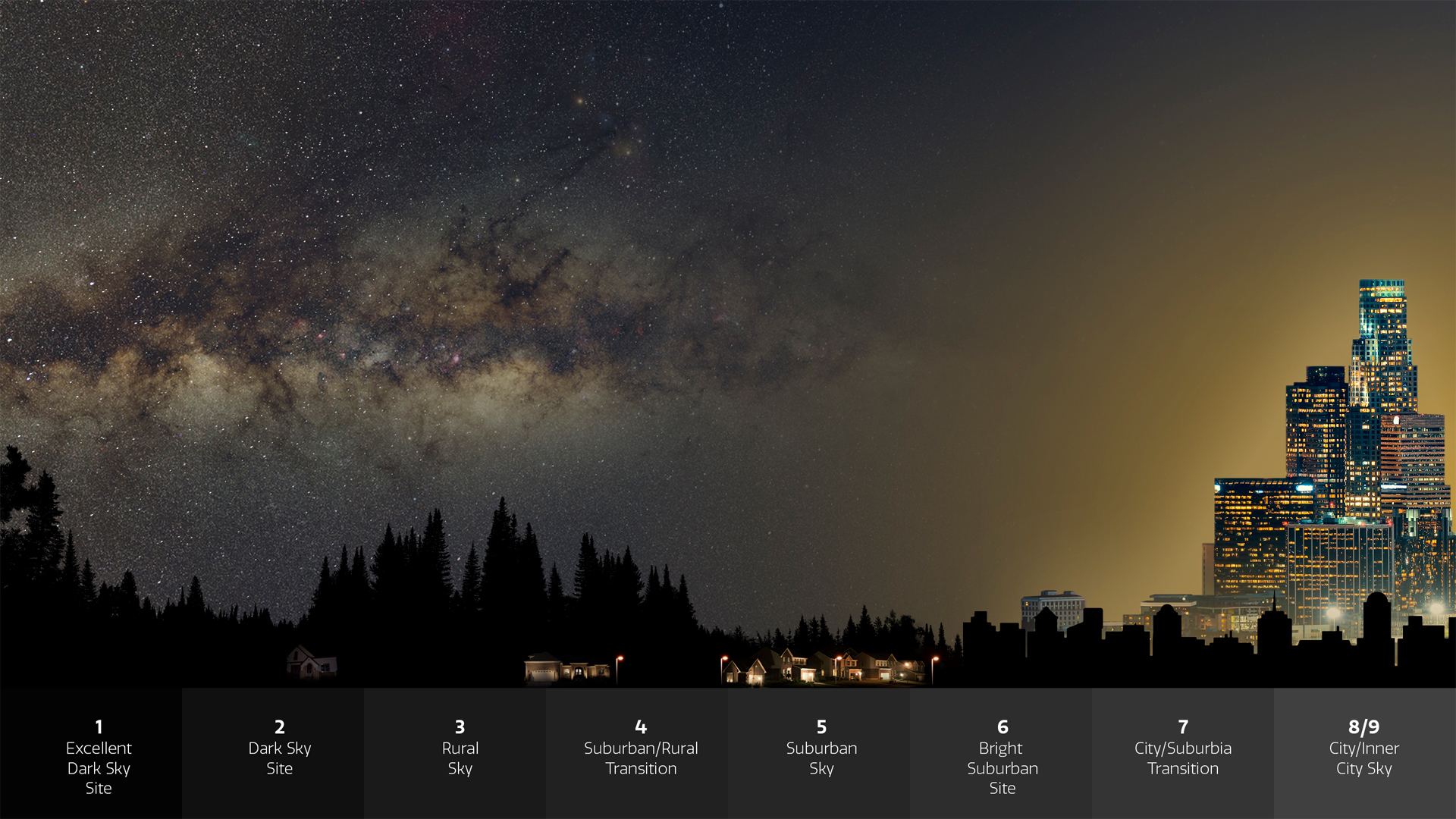Published January 5, 2024
10 min read
Why you should visit Alaska
Millions of acres of dazzling wilderness. Indigenous cultures on Dena’ina land (Anchorage). Northern lights over Fairbanks. The joy of the blanket toss and fishing for a king (king salmon, that is).
Best time to visit Alaska
Summer: With up to 24 hours of sunlight, visitors make like locals and pack their days. Fish for sockeye salmon (a.k.a. “reds”) in the remote rivers of Bristol Bay, backpack the Chugach Mountains, or take a guided glacier traverse in Wrangell-St. Elias National Park. Birders check off life-list birds in Utqiaġvik, the northernmost community in the United States. Cruises hit the waterways, RVs hit the roads, and bush plane companies take to the skies. Wildflowers, berries, and bears are abundant. Mosquitoes too.
Winter: This is the season for fat tire biking along Anchorage’s extensive trail system or skiing (from cross-country on trails around Fairbanks to heli-skiing the mountains around Valdez). The entire state cheers on the four-legged athletes of the Iditarod and celebrates the shortest day, solstice, hinting of summer. The Sealaska Heritage Center offers a warmup along with the history and art of Southeast Alaska’s Indigenous communities.
Fall and spring: Though fall color pops in the forests and on the tundra, it’s a short season, with most Alaskans focused on getting ready for winter. Spring, known in Alaska as “breakup,” thanks to ice and snow giving way to ground and open water, tends to be muddy. Neither are recommended for visiting.
Lay of the land
Cities: In the Southeast, capital Juneau is hopping when the legislature is in session (January through May). Nearly 850 miles away (including a ferry ride), Anchorage has one of the state’s best food and a lively arts scene. In the Interior, Fairbanks’ farmers market remains a key community hub and the UAF outdoor thermometer a top spot for a mid-winter photo opp.
Arctic: Because most of this region is off the road system, locals travel between communities by bush plane, skiffs, or—in winter—snow machines (locals don’t call them snowmobiles). Travel up the Dalton Highway across the Arctic Circle by car or, easier, guided tour.
(See the breathtaking beauty of Gates of the Arctic, America’s least-visited national park.)
Southcentral: This is the most heavily populated section of the state, due to Anchorage and the Mat-su Valley. Go bear viewing out of Homer. Day cruise out of Valdez. Hike Chugach National Forest.
Interior: With the Alaska Range to the south and the Brooks Range to the north, the Interior stands tall thanks to its best-known residents, Denali Mountain and its namesake park. The Denali Highway thrills geology and archaeology buffs.
Southeast: The Inside Passage (to the cruise community) is dotted with small towns serving up plenty of character. Ketchikan’s public art bests towns twice its size. Sitka has a rich Russian heritage and one of the coziest bookstores in the U.S.
Southwest: Small communities and massive tracts of wilderness. At Adak and the Pribilof Islands birders round out life lists. The waters of Bristol Bay run rich with sockeye salmon.
Getting around Alaska
By plane: Alaska Airlines offers flights to 21 locations around the state. Smaller commuter lines and charter flights provide access to the rest of Alaska.
By train: The Alaska Railroad services destinations from Fairbanks in the north down to Seward during the summer months. Winter service is limited.
By car: Rentals are available in major cities as well as some towns in the Southeast. Driving between some sections requires getting on the Alaska Marine Highway system, the state’s car and passenger ferries. With a limited road system and most road repairs done during the summer months, prepare for delays.
By boat: The Alaska Marine Highway ferry system runs from Bellingham, Washington, in the Southeast to Southcentral Alaska and down the Aleutian Chain to Dutch Harbor. Book in advance for both foot passengers and cars.
(Here’s how to take a family road trip in Alaska.)
Know before you go
Cultural history: The land now commonly known as Alaska has been home to 11 distinct cultures for thousands of years. The Eyak, Tlingit, Haida, and Tsimshian peoples come from Southeast. North and northwest are the lands of the Iñupiat and St. Lawrence Island Yup’ik.
The Interior is where you’ll find 11 linguistic groups of the Athabascan people. In Southwest, the Yup’ik and Cup’ik people have been fishing the local waters for at least 10,000 years. The Alutiiq (Sugpiaq) and Unangax peoples have long made their home in Southcentral and down across the 1,300-mile Aleutian chain.
Just under 16 percent of Alaska’s current population is Alaska Native, with 279 federally recognized tribes. The state is divided into 12 Alaska Native regional corporations, which were established in 1971 when the U.S. Congress passed the Alaska Native Claims Settlement Act (ANCSA).
From culture camps to language classes, a wide range of programs ensure that Native cultures, art practices, and languages continue. One of the state’s key resources is the Alaska Native Language Archive, established in 2009.
Reservations: For Alaska’s summer travel season, consider booking tours, hotel rooms, and rental cars at least six months in advance. They can be hard to come by once the season is underway.
Hours: Restaurant hours vary around the state but are often more limited during winter months.
LGBTQ+: In a 2023 24/7 Wall St. report of the most LGBTQ+-friendly states in the U.S., Alaska ranked 27th. Despite Alaska’s low rating on Movement Advancement Project’s Mapping Equality report ranks Alaska “low” but Anchorage, Juneau, Sitka, and Ketchikan have enacted ordinances protecting sexual orientation and gender identity. Overall, the LGBTQ+ community celebrates Pride at events around the state, and there is a vibrant tradition of local drag shows in the major cities.
How to visit sustainably
Outdoors: With more than 663,000 square miles of land, Alaska is a pristine natural wonderland. As such, sustainability principles like “leave no trace” are important. Whenever possible, support local businesses that are eco-certified through programs like Adventure Green Alaska, which lists responsible tour operators here. When viewing wildlife, follow the state Fish and Game Department’s guidelines.
Shopping: There are strict rules governing the Made in Alaska and Silver Hand symbols to protect both craftspeople and buyers.
Dining: There’s a growing focus on local seafood and food produced during the short growing season. Most restaurants list locally sourced ingredients on menus.
(This author rediscovered his love for nature in Alaska’s Tongass National Forest.)
What to read
Hyperboreal, by Joan Naviyuk Kane. An Inupiaq poet, Kane grew up in Anchorage but her poetry explores the history of one of the villages her family came from, Ugiuvak (King Island). She writes in both English and Inupiaq.
If You Lived Here, I’d Know Your Name, by Heather Lende. Alaska’s State Writer Laureate has lived in Haines since 1973. Like many towns around the state, Haines isn’t on the road system, so access is by boat or plane. This adds another layer to this warm-hearted memoir about life in small-town Alaska.
Berry Song, by Michaela Goade. This children’s book is essential reading for anyone to understand the range of experiences, importance, and joy of the subsistence lifestyle many Alaska Native people rely upon.
(For more tips on what to do in Alaska, see our Explorer’s Guide.)
Go with Nat Geo: Created in partnership with local land management agencies, National Geographic’s Trails Illustrated maps highlight the best places for outdoor activities in North America’s rugged frontiers and urban fringes. Click here for maps in Alaska’s popular parks. Nat Geo Expeditions offers several Alaska itineraries, from wildlife watching in the national parks to cruising the Inside Passage.
Anchorage-based writer Jenna Schnuer covers travel, culture, science, and more. Find her on Instagram.
Note: This article have been indexed to our site. We do not claim legitimacy, ownership or copyright of any of the content above. To see the article at original source Click Here













